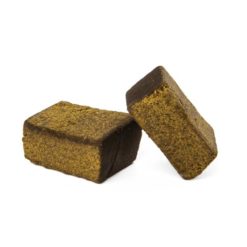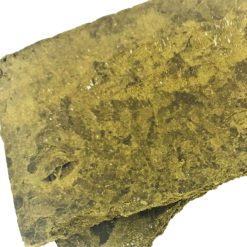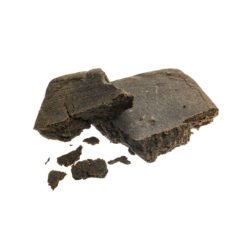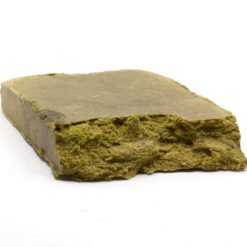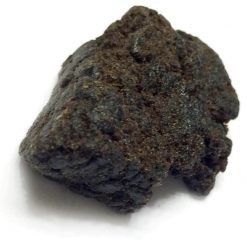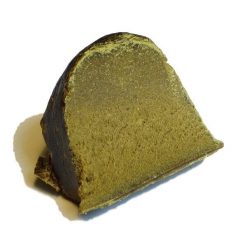THC, or tetrahydrocannabinol, is the primary psychoactive component of the cannabis plant. It is responsible for the “high” feeling that many people associate with using marijuana. THC interacts with the body’s endocannabinoid system, which regulates a variety of functions such as mood, appetite, pain sensation, and sleep. When THC binds to cannabinoid receptors in the brain and nervous system, it produces a range of effects.
One of the most commonly reported side effects of THC is impaired memory and cognition. Short-term memory, attention span, and the ability to concentrate can be affected, making it difficult to perform tasks that require focus. Additionally, THC can cause changes in perception, such as altered time perception and sensory experiences.
However, THC also has several potential benefits, both for recreational and medical use. Many people use THC recreationally to enhance mood, reduce stress, and experience a sense of euphoria or relaxation. It can also be used for medicinal purposes, such as pain relief, reducing nausea and vomiting in chemotherapy patients, and stimulating appetite in people with eating disorders. THC may also have anti-inflammatory and neuroprotective properties, making it a potential treatment for conditions such as multiple sclerosis and epilepsy.
THC is a psychoactive compound found in cannabis that interacts with the body’s endocannabinoid system to produce a range of effects. While it can have negative side effects, such as impaired cognition and increased anxiety, it also has potential benefits, such as pain relief and anti-inflammatory properties. As with any substance, it is important to use THC responsibly and under the guidance of a healthcare professional if using it for medical purposes






